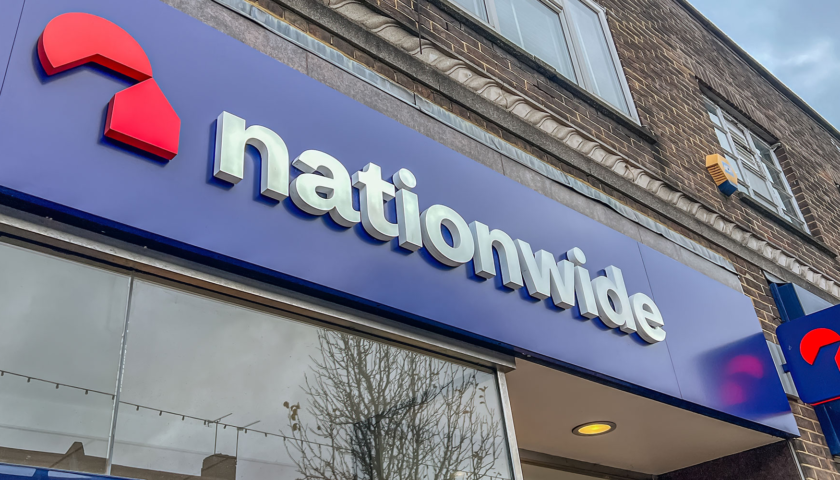The Bank of England held its Bank Rate at 5.25% in June, as was widely expected. It was the seventh time in a row the Rate has been frozen since it rose to its current level in August 2023. It had previously undergone 14 consecutive rises (between December 2021, when it stood at just 0.1% and August 2023).
The next interest rate announcement by the Bank’s Monetary Policy Committee (MPC) will be on 1 August at noon. The market is predicting that the Bank Rate will fall to 5% at that point.
What’s happening with inflation?
The recent plateau in interest rate rises has been made possible by continued cooling inflation. The latest figures from the Office for National Statistics shows that inflation fell from 2.3%, in the year to April, to 2.0% in May – the Bank of England’s official target. As recently as last September, the figure was 6.7%. Recent falls in the inflation rate had already prompted lenders to make cuts to mortgage costs.
Average cost of popular deals
But how much are borrowers paying right now? Rates vary according to lender and deposit size, but according to our mortgage partner Better.co.uk, the average cost of a two-year fixed-rate mortgage, across all borrower types* today, stands at 5.21%. The average cost of three- and five-year deals is 4.80% and 4.76% respectively.
The best two-year fix is currently priced at 4.68%, while the best three- and five-year deals at 4.48% and 4.19%.
The average two-year tracker rate mortgage is priced at 5.73%, with the best in this category priced at 5.39%.
The typical standard variable rate (SVR) stand at 8.06% today, according to Better.co.uk. It compares to just 4.75% in July 2022. The SVR is usually what borrowers revert to once their deal, such as a fix or tracker, has expired.
In terms of mortgage availability, as of the start of June, there were 6,632 residential mortgage deals on the market according to data provider, Moneyfacts. The number has steadily risen over the past few months. On 1 February, for example, the number of available deals was 5,787.
How does Bank Rate affect mortgages?
When the Bank Rate rises or falls, it has an effect on the cost of mortgages.
There are more than a million homeowners (according trade body, UK Finance) on variable rate deals, such as trackers, whose payment will immediately either rise or fall if Bank Rate is adjusted.
If Bank Rate rose by 0.25 percentage points for example, a tracker deal priced at 5% would rise to 5.25%. This increase would add an extra £30 a month on a £200,000 loan taken over 25 years, with monthly repayments rising from £1,128 to £1,258.
Borrowers on fixed-rate deals, where the interest rate is locked are sheltered from changes to the Bank Rate. However, when their deal expires – as will be the case for around 1.6 million borrowers over the course of 2024 – new deals will be more expensive.
What about house prices?
The most recent data has reported a flat property market, as potential buyers and movers settle into a more stable interest rate environment, but with prospects of cuts on the horizon.
Nationwide’s latest house price report (published 1 July) found that prices edged up by 0.2% in June compared to a rise of 0.4% in May. It took the annual rate of increase to 1.5% from 1.3% the previous month. It found the cost of the average home in June was £266,604, compared to £264,249 in May.
Halifax’s latest house price report (published 7 June) showed that average property values slipped in May by a marginal 0.1%, having risen by an equally marginal 0.1% in April. Annual growth in May grew to 1.5% compared to 1.1% in April. Halifax puts the cost of the average home in May at £288,688 compared to £288,781 the previous month.
Rightmove also reported that asking prices were flat in June, up just £21 (or 0%) compared to May. Annually, prices are up by 0.6%. However, activity has improved with sales in June up by 6% on last year, and demand for homes up by 5%. The average home listed for sale on Rightmove is priced at £375,110 in June, compared to £375,131 in May.
Why did the interest rate rise cycle happen?
Interest rates underwent 14 consecutive rises between December 2021 and August 2023 as the Bank of England’s Monetary Policy Committee (MPC) used hikes to cool the economy and tame soaring inflation.
Annual inflation, as measured by the Consumer Prices Index (CPI), peaked at 11.1% in October 2022. By May 2024 it had fallen to 2.0%, which is the Bank’s official target.
One of the main drivers behind runaway inflation had been the cost of energy bills. Energy regulator Ofgem’s energy price cap was as high as £4,279 in the first quarter of 2023 (although government intervention had applied a temporary ceiling of £2,500).
The current cap (effective from 1 July to 1 September 2024) stands at £1,568. It’s a fall of 7% from the previous cap (1 April to 30 June) of £1,690.
The energy price cap is the quarterly figure that represents the annual bill of a typical household paying monthly by direct debit (although actual bills are always determined by consumption).
Contact one of our highly experienced mortgage advisors today on 0121 500 6316 to discuss your mortgage needs.



